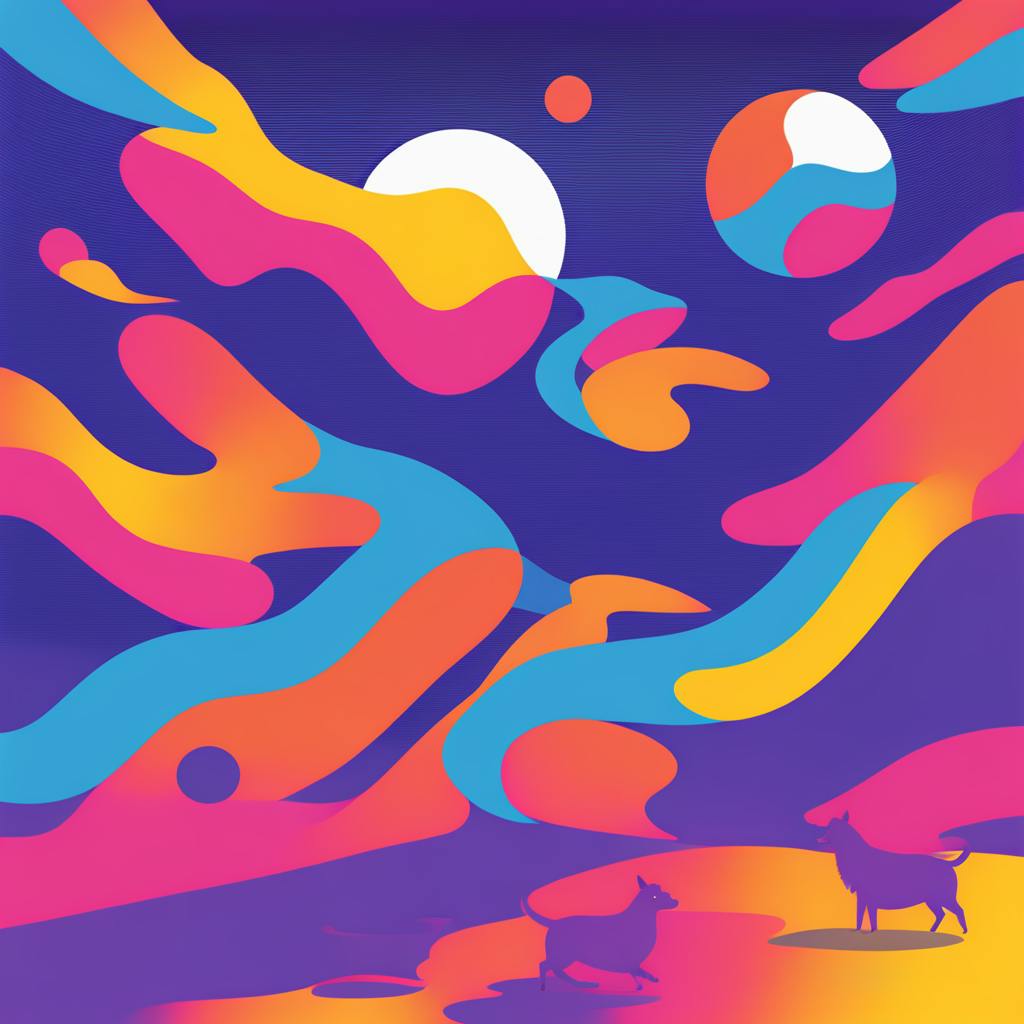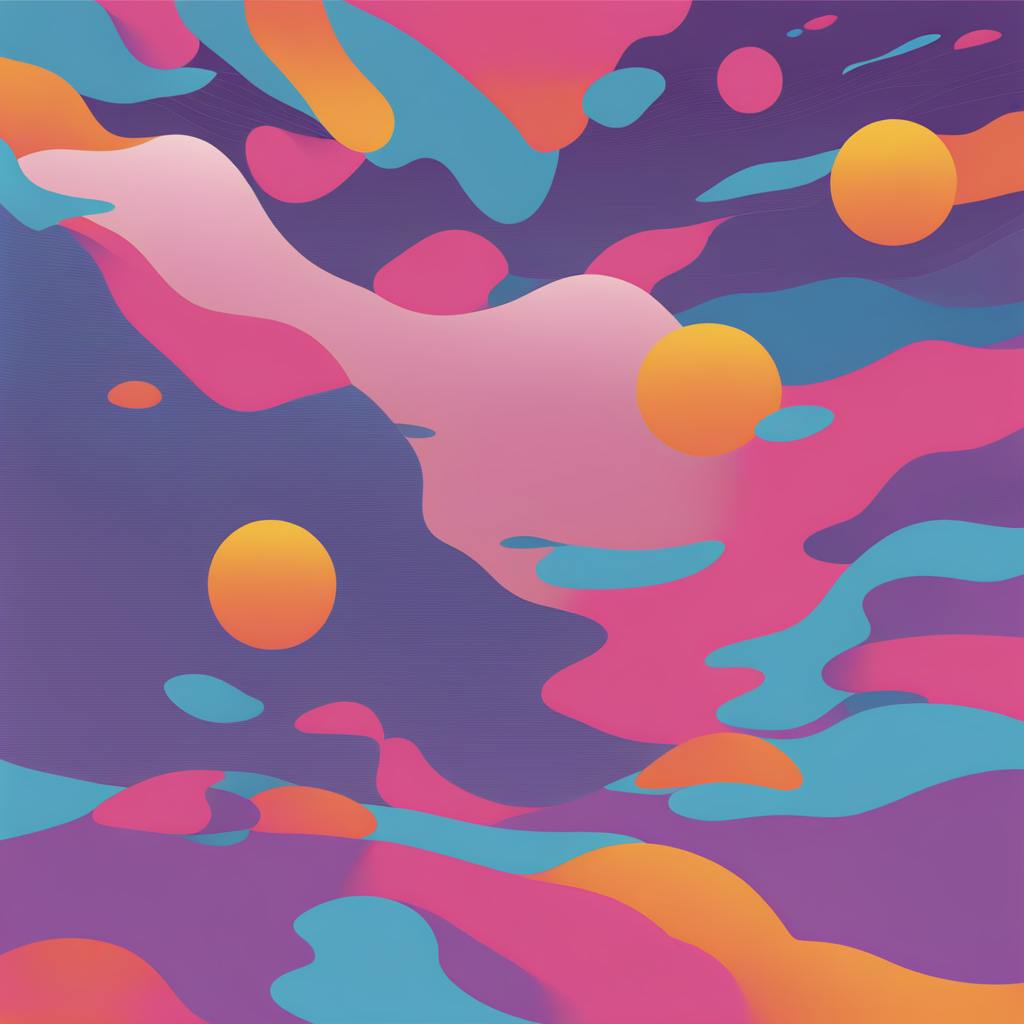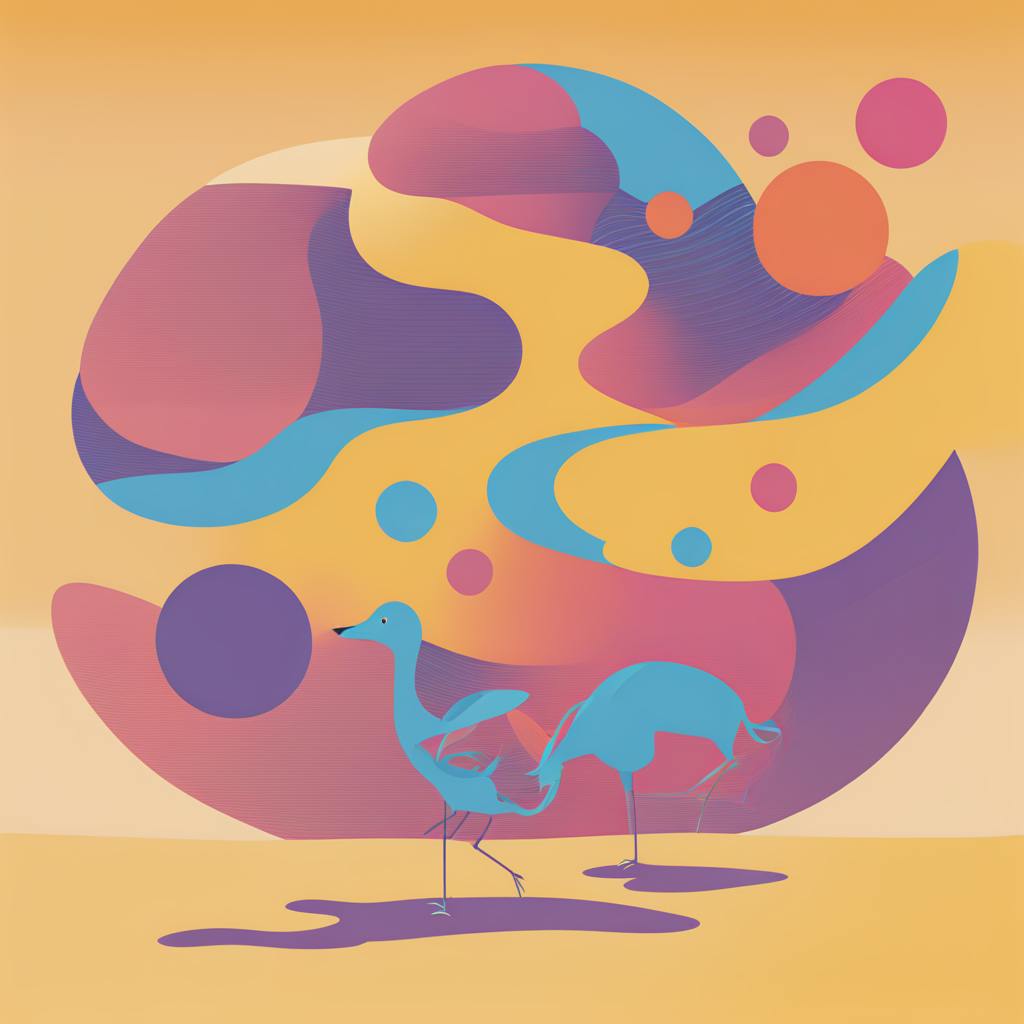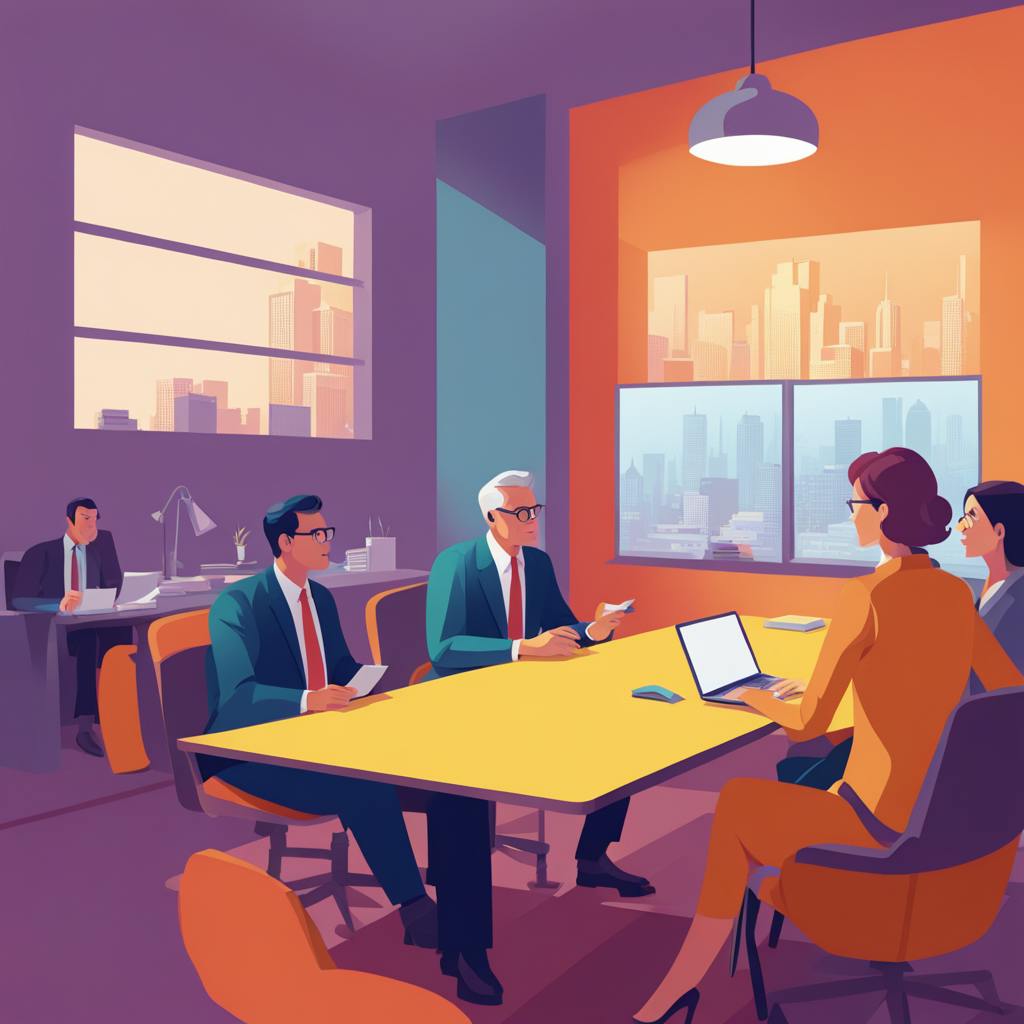In the vibrant world of graphic design, trends and techniques continuously evolve, pushing the boundaries of creativity and visual storytelling. One such intriguing technique that has captured the attention of designers and audiences alike is reverse contrast graphic design. Known for its striking and unconventional appeal, reverse contrast adds a new dimension to typography and visual composition, offering designers a unique tool to create impactful designs. This comprehensive guide delves into the various aspects of reverse contrast graphic design, providing you with the knowledge and insights you need to effectively incorporate it into your creative repertoire.
Understanding Reverse Contrast Graphic Design
Clear Explanation of Reverse Contrast
Reverse contrast graphic design involves a deliberate swap in the weight distribution of typefaces and elements, where the traditionally thinner stroke becomes thicker while the traditionally thicker stroke becomes thinner. This inversion of contrast creates a unique and often unexpected visual effect that can capture attention, convey a distinct mood, and communicate ideas in a new light. Reverse contrast is particularly notable in typography, where it challenges the conventional norms and creates compelling focal points.
Historical Insight and Credibility
The roots of reverse contrast graphic design can be traced back to the early 19th century when type designers began experimenting with line weights to enhance legibility and stylistic expression. Famously exhibited in the slab serif typefaces of the 1800s, reverse contrast became a hallmark of an era eager to embrace typographic innovation. This historic foundation lends credibility to its effectiveness as a design technique, highlighting its enduring relevance and potential for contemporary application.

AI made with Heather Crank
Benefits and Applications of Reverse Contrast Graphic Design
Concise Listing of Key Advantages
- Enhanced Readability: By redistributing visual weight, reverse contrast can improve readability, especially in headlines and display typefaces. The bold visual impact draws the reader's eye and maintains attention on the text.
- Unique Aesthetic Appeal: Designers can create memorable and distinctive graphics that stand out in a cluttered visual landscape. The unexpected weight distribution piques curiosity and invites closer examination.
- Mood Conveyance: Reverse contrast can evoke various emotions and atmospheres, from playful and whimsical to bold and authoritative, depending on the design context and color choices.
- Versatility in Design: Suitable for diverse applications such as logos, posters, packaging, and digital platforms, reverse contrast offers a versatile tool for designers seeking to make a statement.
Compelling Examples of Application
Reverse contrast graphic design has been successfully employed in numerous branding initiatives and advertising campaigns. Companies aiming to project a modern, edgy image often utilize reverse contrast elements to redefine their visual identity. Additionally, editorial designs and art installations frequently incorporate reverse contrast to engage viewers in novel ways.
Addressing Frequently Asked Questions
What Types of Projects Benefit Most from Reverse Contrast?
Reverse contrast is particularly effective in projects where emphasis and distinction are key, such as branding, advertising, and large-format print materials. Its ability to captivate and maintain viewer attention makes it ideal for headlines, logos, and call-to-action designs.
How Can Color Choices Enhance Reverse Contrast Design?
Color plays a pivotal role in the success of reverse contrast graphic design. Contrasting colors can amplify the visual impact of the design, further accentuating the light and heavy elements. Complementary or high-contrast color palettes can heighten the effect, creating eye-catching and dynamic compositions.
Is Reverse Contrast Suitable for Body Text?
While reverse contrast shines in headlines and display text, its application in body text requires careful consideration. Given its unconventional appearance, it is generally best reserved for shorter text as it may affect prolonged readability. However, when used sparingly, it can contribute to an engaging and visually diverse layout.
Reverse Contrast in Graphic Design: An FAQ Guide
What is Reverse Contrast in Graphic Design and How is it Used?
Reverse contrast in graphic design refers to a typographic style where the usual weight distribution in typefaces is inverted. In standard typefaces, the vertical strokes are typically heavier, while the horizontal strokes are lighter. In reverse contrast typefaces, this is flipped — the horizontal strokes are heavier than the vertical ones. This technique creates a visually striking and unconventional look.
Reverse contrast is often used to grab attention and add character to design projects. It can invoke a sense of nostalgia, modernity, or whimsy, depending on how it is applied. Designers often use reverse contrast typefaces in branding, logos, posters, and editorial design where high visibility and uniqueness are desired.

AI made with Heather Crank
How Can Applying Reverse Contrast Improve My Graphic Design Work?
Utilizing reverse contrast can significantly enhance your design work by:
- Drawing Attention: Its unconventional appearance demands attention and can make headlines or brand names stand out.
- Adding Personality and Style: The unique structure of reverse contrast typefaces can convey specific tones, such as playfulness or elegance, and align well with a brand's narrative.
- Enhancing Readability: In certain contexts, reverse contrast can improve readability, particularly in headlines or on digital screens where it can reduce glare and improve contrast.
- Creating Visual Interest: It adds a layer of visual interest and complexity, making your design more memorable and engaging.
Is There a Step-by-Step Guide for Utilizing Reverse Contrast in Graphic Design?
Certainly! Here’s a step-by-step approach to effectively using reverse contrast in your designs:
- Understand the Context: Determine where and why you want to use reverse contrast. Assess whether it aligns with the message and tone of your project.
- Select the Appropriate Typeface: Choose a typeface that embodies the characteristics of reverse contrast. Ensure it suits the purpose, whether for display or body text.
- Pair Wisely with Other Elements: Combine your reverse contrast typeface with other design elements harmoniously. Consider pairing it with simple, clean graphics or contrasting typefaces to highlight its unique properties.
- Focus on Legibility: Ensure that despite the visual impact, the type remains legible. Test various sizes and colors to maintain readability.
- Experiment with Color: Reverse contrast can be more effective and engaging when paired with bold and contrasting colors. Experiment to find a palette that compliments the design while allowing the typography to stand out.
- Evaluate and Refine: After initial experiments, gather feedback and refine your design. Ensure that the application of reverse contrast enhances the overall communication of the design.
What are the Effects and Benefits of Using Reverse Contrast in Graphic Design?
The effects and benefits of using reverse contrast in design include:
- Enhanced Impact and Memorability: Designs using reverse contrast tend to be more memorable due to their unique and bold nature.
- Increased Visual Hierarchy: By differentiating the weight distribution in typefaces, it naturally creates a hierarchy, directing the viewer's attention exactly where needed.
- Versatility in Various Themes: It can adapt to diverse design themes, from vintage to ultra-modern, making it a versatile choice.
- Emotional and Aesthetic Appeal: It can evoke various emotions and aesthetics, adding depth to storytelling through design.
Conclusion
In summary, reverse contrast graphic design offers a fascinating approach to visual storytelling, combining historical significance with contemporary application. By challenging traditional design norms, it provides an avenue for designers to experiment with typographic expression and create works that are both aesthetically pleasing and functionally effective.
As you explore the potential of reverse contrast graphic design, embrace its ability to enhance readability, convey mood, and add a unique flair to your projects. Whether crafting a brand identity or designing an artistic masterpiece, this technique empowers you to bring your creative visions to life with bold style and purpose.

